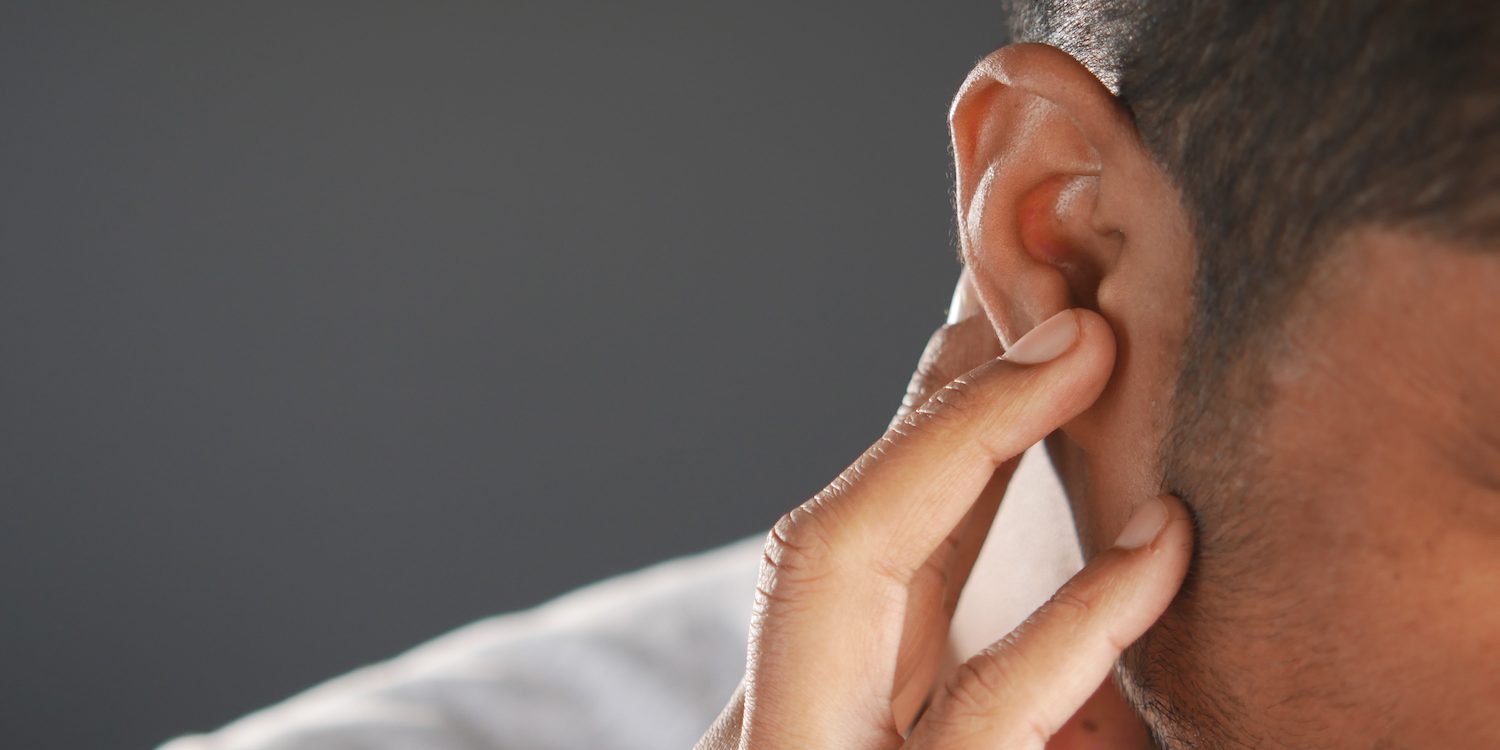The tympanic membrane, or commonly the eardrum, is a thin structure located at the end of the external auditory canal. This structure separates the middle ear from the external auditory canal and at the same time plays a decisive role in the transmission of sound vibrations from the external environment to the middle ear. Eardrum perforation occurs when a small hole is formed in this membrane, which leads to various complications and impairment of the auditory function.
Eardrum perforation: Causes
Eardrum perforation can be caused by various causes, the main ones being middle ear infections. The most common cause is acute otitis media, an infection that leads to the accumulation of fluid or pus in the middle ear and more specifically behind the eardrum, putting intense pressure on it and possibly causing a hole to form. At the same time, prolonged inflammation and recurrent middle ear infections such as in cases of chronic otitis media can weaken the eardrum, leading to perforation.
At the same time, some direct trauma to the ear, such as a sudden loud noise, a strong blow, or the insertion of a foreign object such as a cotton swab, can cause an eardrum perforation. Rapid and extreme changes in atmospheric pressure, such as during scuba diving, air travel, or explosions, can cause the eardrum to rupture. Finally, exposure to excessively loud noises, such as prolonged use of headphones at high volume, can lead to eardrum perforation.
Symptoms & complications of a perforated eardrum
The signs and symptoms of an eardrum perforation can vary depending on the size and location of the perforation. The most common symptoms include pain or discomfort in the ear, headache, sudden loss or impairment of hearing, tinnitus, otorrhoea i.e. clear, bloody or purulent discharge from the ear and a feeling of pressure or fullness in the ear. The symptoms cause discomfort to the patient, and may worsen if the condition is left untreated. In fact, as the eardrum perforation progresses, more serious complications may occur.
A perforated eardrum creates an opening that allows water, bacteria, viruses or other types of fungus to enter the middle ear more easily. This can lead to the onset of acute otitis media. Untreated infections can cause further damage to middle ear structures and contribute to hearing loss. If the hole in the tympanic membrane is large, hearing loss may occur. One of the main possible complications of the condition is the induction of vertigo. Vertigo occurs when cold or hot water irritates the labyrinth of the ear, causing dizziness or a feeling of unsteadiness.
Diagnosis of a perforated eardrum
In order to diagnose an eardrum perforation, healthcare professionals can use several diagnostic tests, the main one of which is otoscopy. During this examination, an overview of the ear is performed using a microscope for a detailed assessment of the condition of the eardrum as well as the size and location of the perforation. If otorrhoea occurs, a fluid sample is taken to facilitate culture to determine the causative agent of the infection. A complete audiological examination is also performed to assess the degree and type of hearing loss associated with eardrum perforation.
Eardrum perforation: Treatment options
Treatment of eardrum perforation depends on several factors, including the size and location of the perforation, associated symptoms, and the underlying cause. Small perforations that cause minimal symptoms may heal spontaneously over time and often do not require intervention. Regular monitoring and preventive measures, such as avoiding water entering the ear, may be recommended. In cases of infection, antibiotic ear drops or oral antibiotics are prescribed to prevent further complications.
Large perforations or perforations that fail to heal may require surgery. The operation of choice in this case is tympanoplasty. Tympanoplasty involves placing a graft which can be either cartilage taken from the outside of the ear, or a connective tissue, called the temporal fascia, taken from under the skin behind the ear. The implant is carefully placed to promote healing and restore hearing function. In its simplest form, the operation is called myringoplasty, in which the hole in the eardrum is closed by placing a graft. Finally, in cases of extensive hearing loss resulting from a perforated eardrum, hearing aids can help improve auditory function. ENT Surgeon in Athens Dr. Olga Papadopoulou treats every case of eardrum perforation by choosing the appropriate therapeutic approach in each case.


